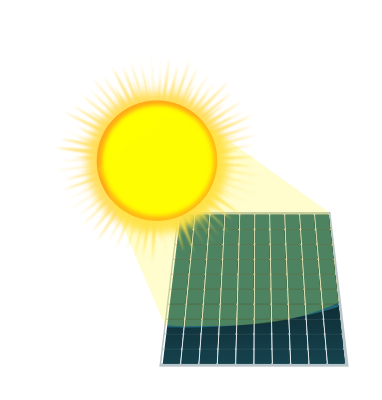

Ending is available on HeTrumpedUs.com which is shown on end the PSA.


Ending is available on HeTrumpedUs.com which is shown on end the PSA.


Ah, just < table > layout, not this < div > css nonsense. Having rounded corners as images on a table, perfection.
Floating point rounding issues are basic comp science issues. Hopefully nobody thinks that those are JavaScript quirks.


Apache longbow 2 from 1997.
Edit: got original mixed with 2


I don’t believe any battery news unless they are sold to customers. They are always just full of shit, like some lab batteries that just are impossible to produce.
Solid state batteries have been around the corner for 20 years.
And 1,2MW charging, unless you are directly attached to power plant, that is not something that is going to ever happen in DC charging station. The 350kW stations are already in the edge what is possible.
For efficiency you should you GOTO, so you can join trees that end up in same position.
Like those create your own adventures books.
True, but var and let are not same in js, so there is three.
if(true) {
var a = "dumdum"
}
console.log(a)
Is valid and functioning javascript. With let it is not.
C# has const string a = “Hello, World”;
var in js is legacy, and default should be let, but changing that would break everything


Adding little bit extra context here.
In Finland large number of homes are heated by district heating. This means there is heat plant or combined heat and power (CHP) plant, which heats water to around 70C - 110C (158F - 230F) and that is distributed to homes.
In this system heat batteries are useful, and near all CHP plants in Finland have done heat battery in last few years. These heat batteries are just 7-store high insulated water storage. Usefulness to store just water is that system is relatively simple. Water in - water out. This makes it that the turbine in CHP can be run more freely towards electricity price, not the network heat demand.
Plain heat plants generally don’t yet have these, because the buffer created by heat battery is not that much needed. But if these sand batteries can store heat longer, and because they might be cheaper to build, it can make sense.
Source: I work in company that owns 19 district heating networks.


Yeah, Symbian really was quite a thing. It was insanely optimized for memory and battery, but was nightmare to code.


Well, the annoying part is that the burning platform talked by Elop was Maemo/Meego, which was full Linux. Without Elop and Microsoft we would have pure Linux running on phones today. Now we are stuck between two closed source OS for phones.
It was running Qt, so basically any KDE app would be portable on it quite easily.
I was working with Maemo and Qt Symbian in Nokia while this happened, and it makes me sad.
D365 ain’t really even that bad. It is just model driven power platform app. It is actually quite expandable, you can code it with plain javascript or more complex components on React. Backend is OData which is quite flexible.
Old Dynamics AX and onprem CRM were shit shows.
Visual Studio debugger is still best thing ever. It is strange how much poorer vscode’s debugger is compared to visual studio.
GPT got all of these correct. I had to zoom on one of them.


Pisa, it is total tourist trap. Italy has way much better tourist destinations.


There are always some bottle necks on the network, but the frequency is same on all mainland Europe. https://en.m.wikipedia.org/wiki/Continental_Europe_Synchronous_Area
It is possible that this bottle neck saved the whole European grid coming down.


Electricity network requires that production and consumption are always equal. If there is too little production, the frequency (Hz) goes down and if too little consumption, the frequency goes up. If frequency goes too far every electric device pretty much breaks.
This is why there is automation in the network that tries to balance the network (reserve production and consumption). BUT if shit hits the fan, and frequency goes too bad, it automatically takes load off or production off the network. This often causes domino effect, you take load off, which causes over production, and again you take production off and loop is ready. In minutes the whole network falls like domino blocks, one by one.
There was lots of luck (and probably skill and preparation) that they were able to stop it. Main land Europe from Portugal to Turkey is one big network.
Cold starting whole Europe would have taken week. You need to start small islands, and connect them together slowly. Balancing load and production.
Source: I work in electricity production and distribution.
Damn! Same here, red hat 99, but switched to Debian quite fast
Yeah if you put it:
100 - (100 x 0,1) = 90
90 + (90 x 0,1) = 99
It comes quite obvious. And I know the brackets are redundant, but my coder mind forces brackets to all math formulas for readability.
Was it on purpose, maybe.
Good luck trying to find industrial stuff that supports IPv6, hell most of it is still serial.
I have legit heard that serial is security mechanism because it cannot communicate long distance like ethernet.
Of course you can do IPv6 magic that hides IPv6 from the end device, but nobody understands how that magic works.